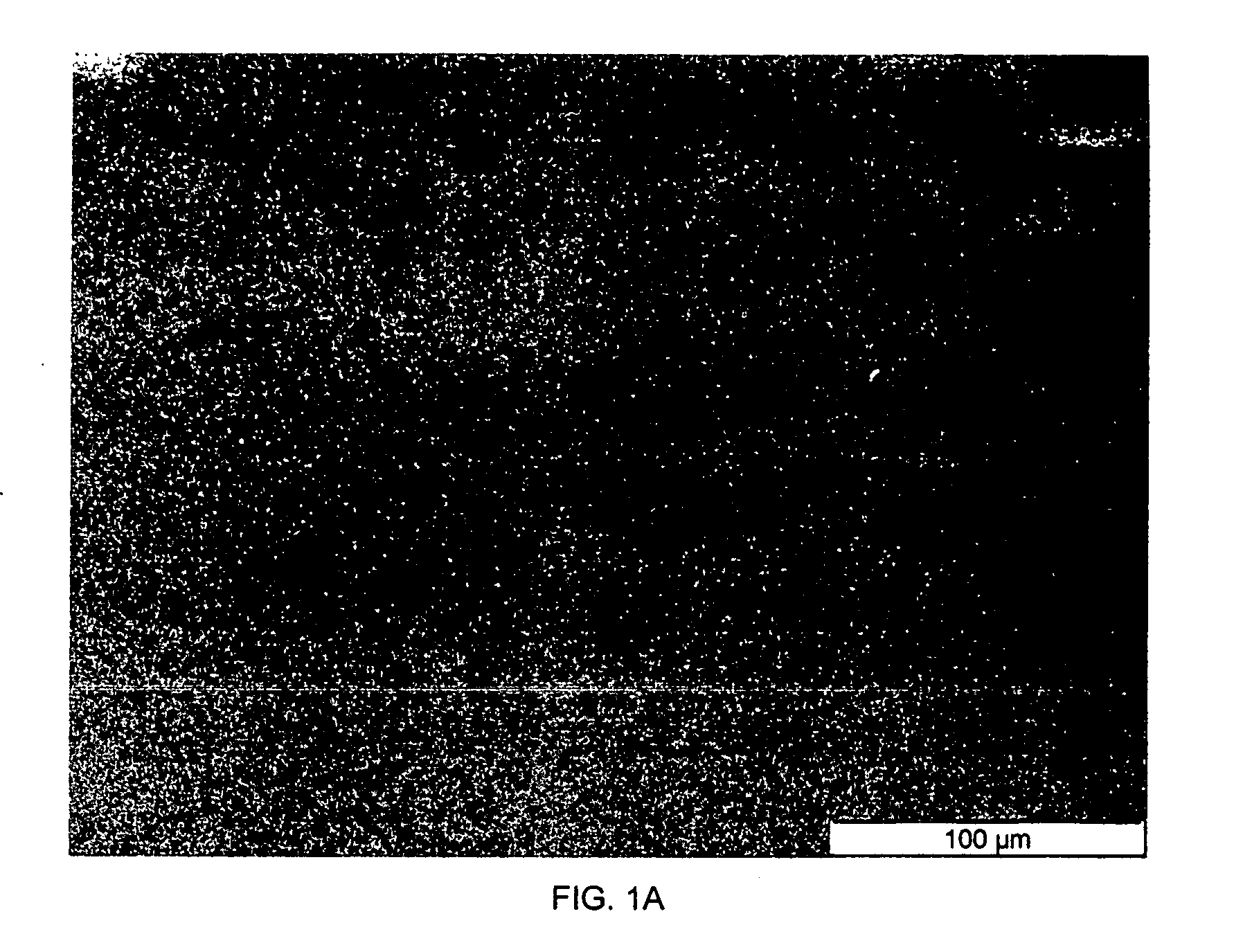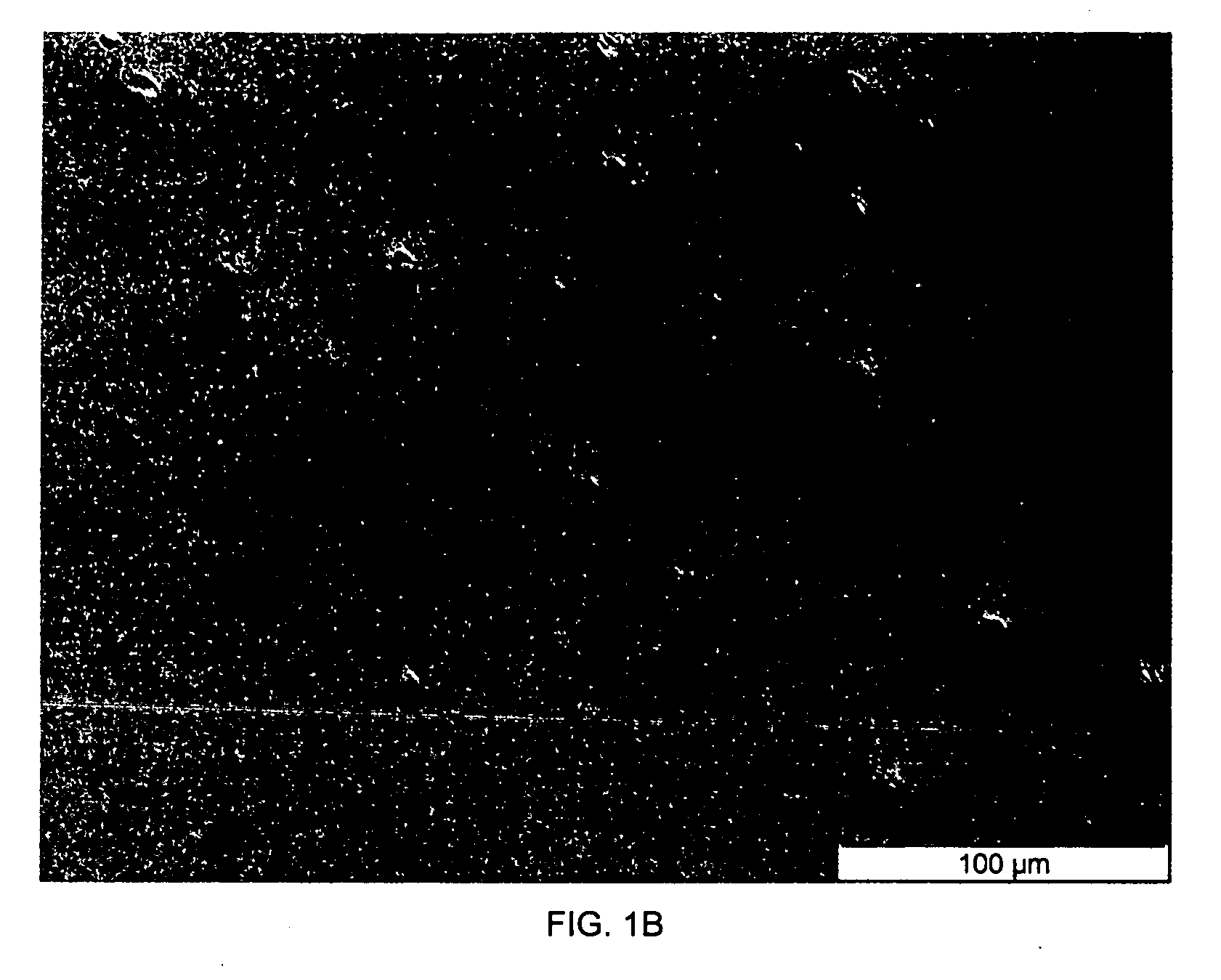Microparticle containing silicone release coatings having improved anti-block and release properties
- Summary
- Abstract
- Description
- Claims
- Application Information
AI Technical Summary
Benefits of technology
Problems solved by technology
Method used
Image
Examples
example i
The starting formulations of the release coatings were: 60 parts by weight of a curable epoxypolyorganosiloxane compound VI, wherein n is 20 30 parts by weight of the polyorganosiloxane having compound VII, wherein r is 220 10 parts by weight of the polyorganosiloxane having compound VIII, wherein p is 200 and q is 3 2.5 parts by weight of a cationic initiator 1-3 parts polymeric microspheres
The photoinitiator employed in the test compositions was Silcolease® UV Cata211 available from Rhodia Inc., a cationic photoinitiator activated by UV radiation. The polymeric microparticles were polytetrafluoroethylene (PTFE) microsphere sold under the name FLUO HT® commercially available from Micro Powders Inc. The polymeric microspheres were prepared as a dilution in formula (VII) at 33% by weight of the formula.
The components were thoroughly mixed, applied to a polypropylene film at a coat weight of about 0.9 g / m2 using a Dixon coater, and cured under two 240 W / cm ultraviolet lamps ...
PUM
| Property | Measurement | Unit |
|---|---|---|
| Temperature | aaaaa | aaaaa |
| Fraction | aaaaa | aaaaa |
| Fraction | aaaaa | aaaaa |
Abstract
Description
Claims
Application Information
 Login to View More
Login to View More - R&D
- Intellectual Property
- Life Sciences
- Materials
- Tech Scout
- Unparalleled Data Quality
- Higher Quality Content
- 60% Fewer Hallucinations
Browse by: Latest US Patents, China's latest patents, Technical Efficacy Thesaurus, Application Domain, Technology Topic, Popular Technical Reports.
© 2025 PatSnap. All rights reserved.Legal|Privacy policy|Modern Slavery Act Transparency Statement|Sitemap|About US| Contact US: help@patsnap.com



